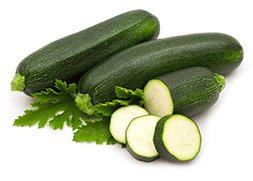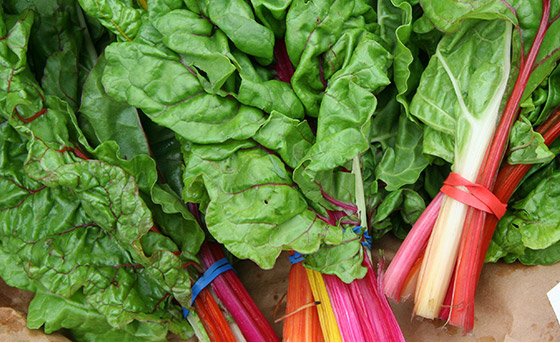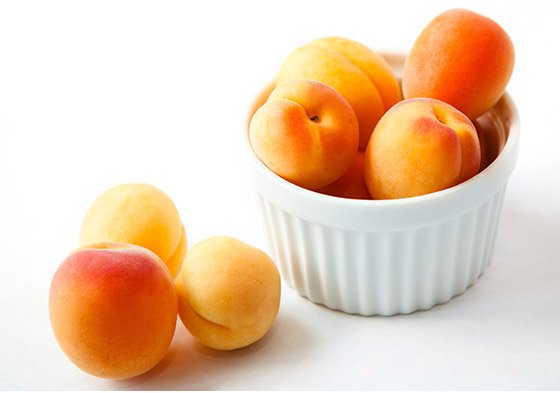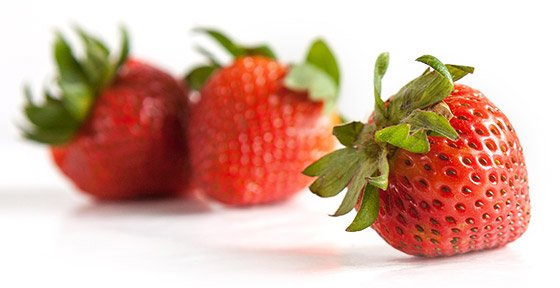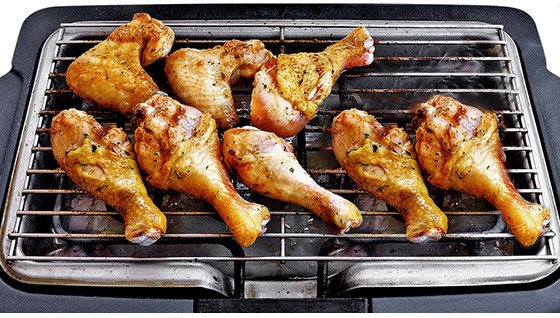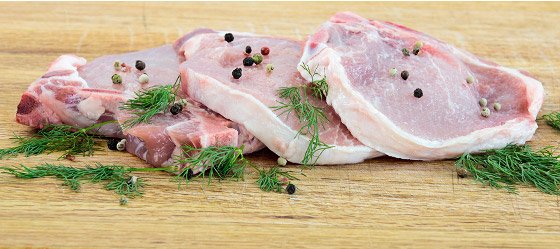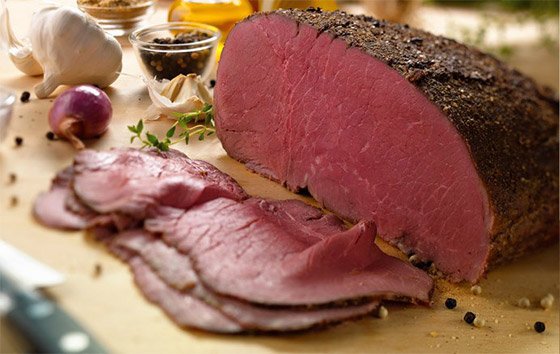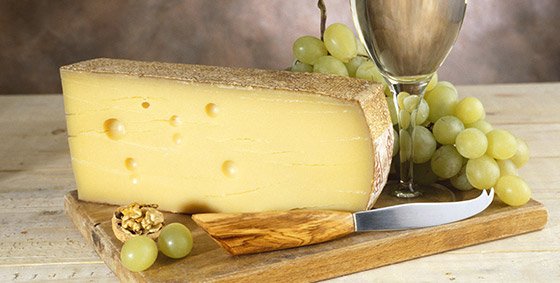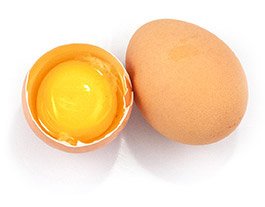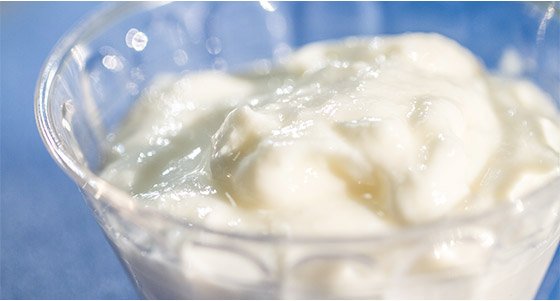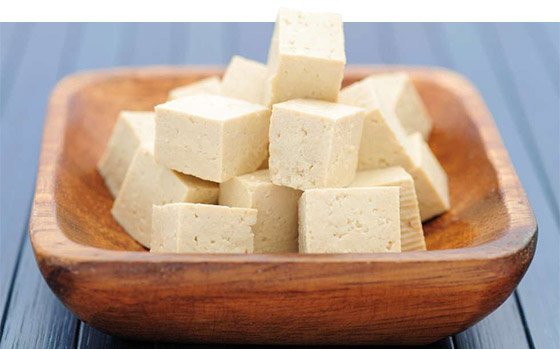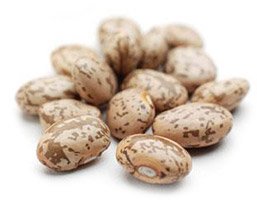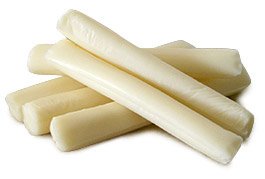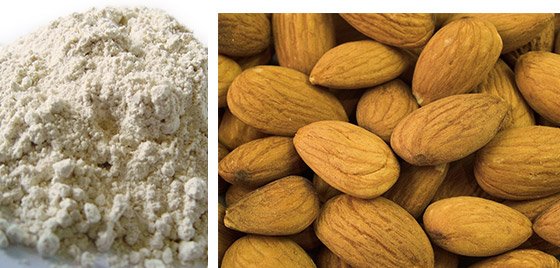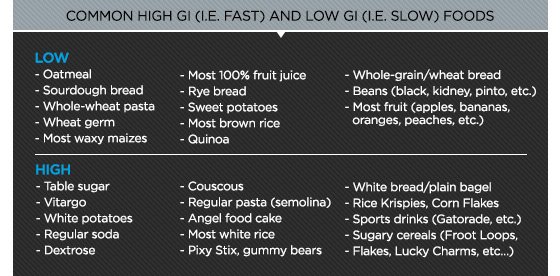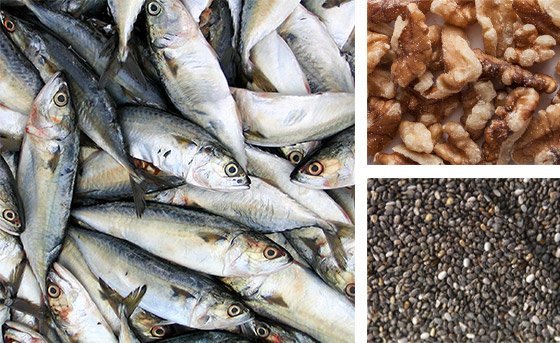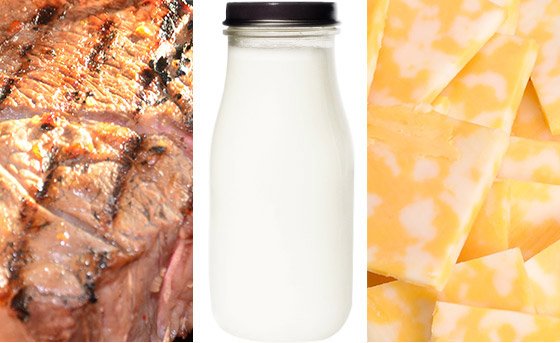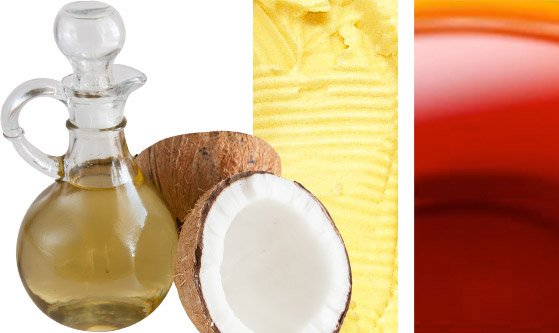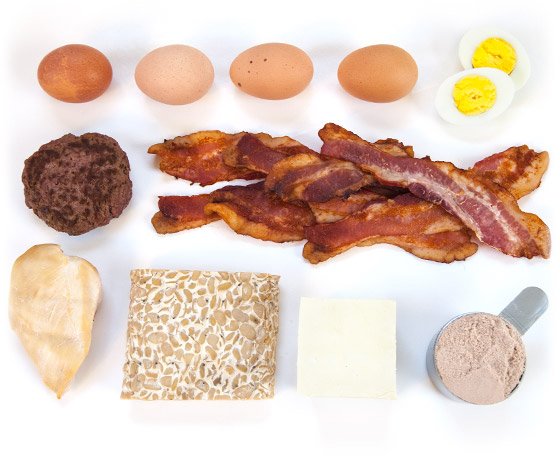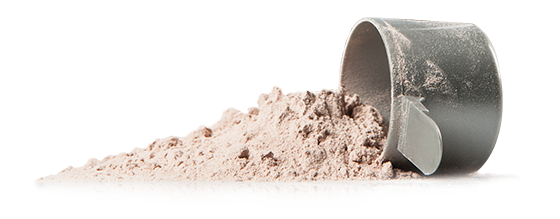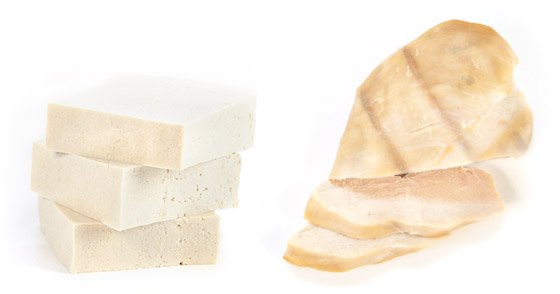SARM - Selective Androgen Receptor Modulator
Selective Androgen Receptor Modulators (SARMs) provide the benefits of traditional anabolic/androgenic steroids such as testosterone (including increased muscle mass, fat loss, and bone density), while showing a lower tendency to produce unwanted side effects. They are a unique class of molecules currently under development for treatment of a variety of diseases that were previously treated with anabolic steroids and other medications. SARMs have been studied and developed since 1998, and as of this writing (2009) it should be stated that they are still very much in the infancy of their development and marketing. SERMs (selective estrogen receptor modulators) like Evista have been used for years as a replacement for hormone replacement therapy. SERMs are very effective for the treatment of osteoporosis in the treatment of women and produce much fewer side effects then replacement therapy with estrogen. SERMs activate the estrogen receptors in the bone tissue to produce a bone sparing effect but do not activate receptors in the breast and uterine tissues. This avoids potential for tumor promoting effects in these tissues and also reduces the risk relative to estrogen for stokes and cardiovascular events.
Briefly and simply stated, the Androgen Receptor (AR) is the cellular receptor that androgens (like testosterone and other anabolic steroids) bind to. This bound androgen/receptor then combine with another similar combination (usually another androgen/androgen-receptor pair), and travel to the cell’s nucleus, where gene transcription is induced. This is one known mechanism of how androgens such as anabolic steroids exert their effects on cells. SARMs have the potential to take the place of the androgen, for all practical intents and purposes, and therefore exert many of the same positive effects on muscle tissue as anabolic steroids (such as testosterone).The Androgen Receptor plays a critical role in the development and function of primary and accessory sexual organs, skeletal muscle, and bone, as well as several other organs. When Selective Androgen Receptor Modulators bind to the receptor, they demonstrate anabolic (hypertrophic) activity in both muscle and bone, making them ideal candidates for androgen replacement therapy, muscle wasting, and treating Osteoporosis. In theory, they bind to the receptor and place it in a conformation that is significantly different than typical androgen receptors stimulators (such as steroids), and therefore are able to alter the gene-transcription process in a manner that is tissue specific. It is this specificity that makes these receptor modulators able to selectively cause muscle growth, while reducing or eliminating unwanted secondary effects.
ANDROGEN RECEPTOR ACTION:
The Androgen Receptor is maintained in an inactive complex by HSP 70 and HSP 90 and corepressors (CoR). Upon ligand binding, the receptor homodimerizes and enters the nucleus. The receptor is basally phosphorylated in the absence of hormone and hormone binding increases the phosphorylation status of the receptor (P). The AR binds to the ARE on the promoter of androgen responsive genes, leading to the recruitment of coactivators (p160s, CBP, TRAP, ARAs) and general transcription factors (GTF), leading to gene transcription.(Adapted from Open Access Journal of Nuclear Access Signaling)
|
Ergo, unlike anabolic steroids, SARMs generally produce fewer unwanted side effects on non-target tissues such as the prostate, hairline, sebaceous glands, and secondary sexual organs. Some SARMs have even been developed specifically for the treatment of those kinds of side effects (i.e. for benign prostate hypertrophy). Current oral androgen replacement therapy is limited to testosterone gels, injections, or patches. SARMs represent an alternative to the currently available oral testosterone preparations, and offer the user molecules that exhibit high oral bioavailability without the liver toxicity.
Although these molecules are tissue-selective with regards to their effects, they are not perfectly tissue-selective. Some display a disparity of anabolic (*tissue building) versus androgenic (*secondary sexual characteristic promoting) effect as high as 10:1 (although it should be noted that some have a much lower ratio). In practical terms, it would be highly unlikely that an effective muscle building dose would cause any noticeable side effects, and especially not when compared to traditionally prescribed anabolic steroids such as testosterone.
At this stage of development there are no SARMs available on the legitimate pharmaceutical market, although one (Ostarine) has made it into the third and last phase of clinical development (and is available on the black market, in liquid “research” form, from one supplier within the United States. Unfortunately, at this early stage of development, the exact mechanisms of their tissue selective activity is not entirely understood, nor is the full scope of their pharmacokinetic and pharmacodynamic activity.
There are numerous SARMs currently in the developmental stage with varying degrees of anabolic and androgenic activity, and varying potential for side effects. In general, though, the majority of them produce few side effects and have anabolic ratings similar to testosterone.
They typically display high oral bioavailability, and therefore most SARMs under development are going to eventually enter the market as oral medications. Although they have been banned for the past few years by the World Anti-Doping Agency, and there have been efforts underway to develop a testing protocol for them, there is currently no accepted testing procedure in place. The relatively short half life of SARMs, the uniqueness of their structure, their effectiveness, and the fact that research into their development is still in its infancy, presents a new and novel problem for doping authorities everywhere.
Ostarine MK-2866
A type of SARM (short for Selective Androgen Receptor Modulator) is called Ostarine MK-2866. It is typically prescribed for the treatment and prevention of muscle wasting. Such health concerns can be genetic, due to HIV/AIDS, and other ailments. There are also studies in place that indicate this medication may soon be prescribed as part of hormone replacement therapy (HRT).SARMS create selective anabolic activity within various androgen receptors. There isn’t any androgenic activity though for the non-skeletal muscle tissues though like there will be with the use of anabolic steroids or the use of testosterone. The use of Ostarine MK-2866 can assist with developing more strength as well as lean muscle tissue.
How it Works
The use of SARMS allows more protein to be synthesized so that the muscle tissue can be created. The use of Ostarine MK-2866 is very similar to the results a person would get taking various forms of steroids. However, they can do so without risk to the various sexual organs including the prostate.When this SARM is used, there are anabolic results for the muscle tissue. It is a fairly new treatment for serious health problems including cancer and AIDS. It is frequently used by bodybuilders and athletes to provide them with more strength and muscle. It is also used to help them during recovery periods from injuries or surgery. Many athletes take a low dose of 15 mg per day to reduce the risk of an injury. Joint improvement can be noticed in about a week.
When it is Used
There are various types of cycles that a person may select to use Ostarine MK – 2866 for. One of them is a bulking cycle where they want to gain lean muscle tissue. This allows them to gain weight that is mainly muscle. They gains can be as much as 7 pounds and they can be seen over a period of 8 weeks, taking a dose of 25 mg per day. The daily dose shouldn’t be more than 40 mg per day. For the best results it should be taken at the same time each day.For a cycle of losing body fat known as cutting, reducing calories and increasing workout time can create more muscle. Cutting without the use of SARMS can result in losing muscle mass which can be frustrating. This is due to the drop in hormone levels and a reduction of the metabolic rate. With the use of Ostarine MK-2866, the strength or muscle loss won’t have to be a concern at all. For a cutting cycle, a dose of 15 mg to 20 mg per day for a period of 6 to 8 weeks is taken.
The nutritional value that this SARM offers is also very encouraging. The ability to successfully lose the weight but keep the muscle growth taking place is very important. With the use of steroids, it starts to take longer and longer to see results, but that isn’t the case with Ostarine MK – 2866. There is also no risk for the liver to be damaged which is a common side effect with the use of steroids. It also won’t cause problems for blood pressure.
Advantages over Steroids
There are many advantages of taking Ostarine MK – 2866 over steroids. They include:- Less expensive
- Not harsh on the liver
- Not going to alter blood pressure
- Results are seen quickly
- Can help prevent issues with joints and bones due to injuries
- No risk of estrogen related side effects
- No risk of water retention
- Offers nutritional value when cutting calories
LGD-4033
One of the members of the Selective Androgen Receptor Modulator category, also known as SARM, is LGD-4033. It is an oral product that is non-steroidal, but it can offer many of the same benefits as some of the anabolic steroids. The use of LGD-4033 medically includes treatment of muscle wasting. This can be due to issues with cancer or muscle loss due to the natural aging process.The same benefits as testosterone are also offered with LGD-4033. The difference though is that the user doesn’t have to worry about potential side effects. With testosterone, there can be the risk of the body not responding well or even damage to the liver. Even though this product is taken orally, it isn’t toxic to the liver.
This is one of the most common SARMS used due to how powerful it is. Yet it is also gentle on the body when compared to steroids. For the individual that wants the results but not all of the hassles, this could be exactly what they were looking for.
How does it Work?
This SARM works by binding the androgen receptors selectively. The results of anabolic activity in the muscles and bones occur rather than adversely affecting the glands or the prostate which can occur with the use of steroids. LGD-4033 was recently involved in a study involving volunteers called Phase I Multiple Ascending Dose. This was a random, double blind testing phase that involved a placebo. The goal was to establish that the use of LGD-4033 was safe and easy to tolerate with a dose not to exceed 22 mg per day.When to use LGD-4033
For many bodybuilders and athletes, the use of LGD-4033 occurs for a bulking phase in order to offer lean body mass and to reduce overall body fat. The use of it can also increase overall strength which allows the individual to take on more challenging workout sessions. When used for bulking, an efficient diet that is high in protein is also necessary. Higher calorie intake may be necessary too if the person will be bulking up by 10 pounds or more. The recommended dose is 5 to 10 mg per day, for a period of 8 weeks.For a cutting cycle, it may be best to use LGD-4033 along with other SARMS including GW-501516 and S-4. This is called a SARMS triple stack. The goal is to add more size while cutting fat. The dose recommended for this type of cycle is 3 to 5 mg, for a period of 8 weeks.
Risk Factors
The results of various studies indicate that there is very little risk in regards to possible side effects associated with the use of LGD-4033. This is encouraging for those that would like to gain muscle and cut fat without using steroids that do have some harsh side effects associated with them. The fact that that SARMS don’t harm the liver is also another reason to consider taking them instead of steroids. They are also inexpensive so the average person can use them without worrying about their budget.GW-501516
A PPAR modulator allows the body to use more glucose and to create additional muscle tissue. One of the PPARs is GW-501516. It may be referred to as GW1516 or GSK-516 as well. It can help to reduce and even reverse various problems in men who are obese or that have symptoms of pre-diabetes due to problems with their metabolism. The use of GW-501516 may be a viable treatment for reducing obesity and various conditions that are linked to it.How does it Work?
GW-501516 is a selective agonist with high affinity and it is very potent. Various studies on this PPAR receptor in lab rats indicates that it regulates the various proteins that the body uses for energy. Rats with high fat and low metabolism were given the product and they were able to lose weight and to increase overall energy levels.When to Use it
The most common use of GW-501516 is to offer improved endurance levels. However, professional athletes can’t use it because it falls under the category of banned substances. This eliminates any athletes having an unfair advantage over others. For someone looking for a way to quickly boost endurance, this product can help to offer fast results. The common dose is 10 mg per day.Another popular use for GW-501516 is to reduce body fat. The fat starts to come off quickly and it isn’t catabolic. The loss of fat won’t result in the loss of muscle either so that is a great benefit that users like. It is best to use it for body fat loss in addition to S4 and Ostarine, which are SARMS to ensure that the muscle loss is extremely minimal. The recommended dose is 10 mg per day but many people use as much as 20 mg per day to burn as much fat as they can in in the 8 week cycle.
Potential Risks
There is some debate about the side effects and potential risks involved with using GW-501516. Some of the studies on lab rats give the indication that it can cause cancer. In other studies, the conclusion is that there isn’t enough data to validate or dismiss such a claim. The fact that it isn’t toxic for the liver is important to point out. Since this product works fast, it is less expensive than steroids, it continues to be a popular choice.Andarine S4
Selective Androgen Receptor Modulators are often referred to as SARMS. Andarine S4 is a research chemical that belongs to this category. It binds to the androgen receptor just like ordinary androgens. The difference though is that selective anabolic activity is created by SARMS.What is it used for?
The benefit of using Andarine S4 over anabolic steroids or testosterone is that you don’t have to worry about non-skeletal muscle tissues experiencing androgen activity. Andarine S4 is also used for various types of medical ailements. It may be prescribed to treat:- Bening Prostatic Hypertrophy
- Muscle wasting
- Osteoporosis
How it is used varies based on what results a person is after. Losing Body Fat (cutting) is the process where the use of Andarine S4 is the most effective. The common steroids used for a cutting cycle include Anavar and Winstrol. Such steroids don’t provide large gains for muscle mass. However, they do help with creating a leaner body. SARMS have similar properties to those steroids. However, they can provide similar results without negative side effects including retaining water.
Dosing
The typical dose for cutting is 50 mg for a cycle of 6 to 8 weeks. The cycle should include using the product daily for 5 days and then taking 2 days off for the duration. Tasking the dose every day for the duration of the cycle can result in changes to vision.How it Works
The benefits of SARMS include potential for bodybuilders as well as benefits for certain medical conditions. SARMS work by binding to the androgen receptor. This results in the anabolic activity. Through the activation and binding, there is more protein synthesized which allows the muscle to be created. The use of Andarine S4 can result in muscle growth that is quite similar to what a person will gain using various forms of anabolic steroids. However, SARMS don’t offer negative side effects such as those on the prostate or other sexual organs.Benefits over Steriods
There are several benefits of Andarine S4 over the use of various anabolic steroids. They include:- Less expensive
- No need for a pre-cycle
- No risk to the liver
- No risk of estrogen related side effects
- No water retention
- Overall sense of well being
Studies
Various studies have been conducted with Andarine S4. Taking 3 mg of it per day can help to restore skeletal muscle according to results on lab rats. A study that lasted for 120 days with this SARM and DHT in rats indicates that bone mass and strength at higher levels were identified with the use of Andarine S4 than with DHT.Studies indicate that the use of this SARM can result in losing fat and creating lean muscle tissue. The goals can also be achieved in less time than if a person were to take steroids. Even though Andarine S4 is taken orally, it doesn’t pose a risk to the liver so that is also another benefit to consider. It also doesn’t create issues with too much estrogen in the body.







